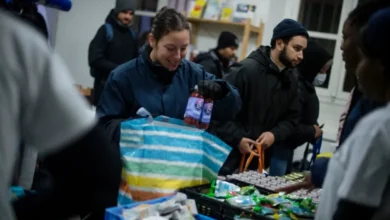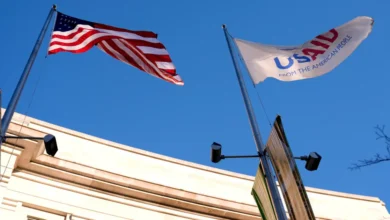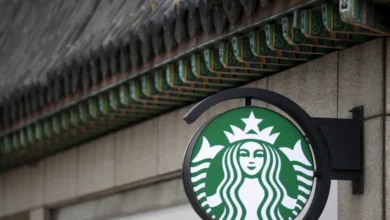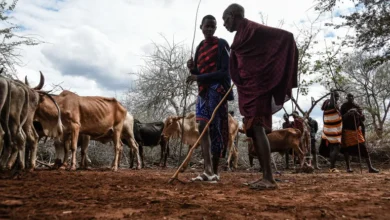Fishy diplomacy: What a hilsa ban reveals about India-Bangladesh tensions
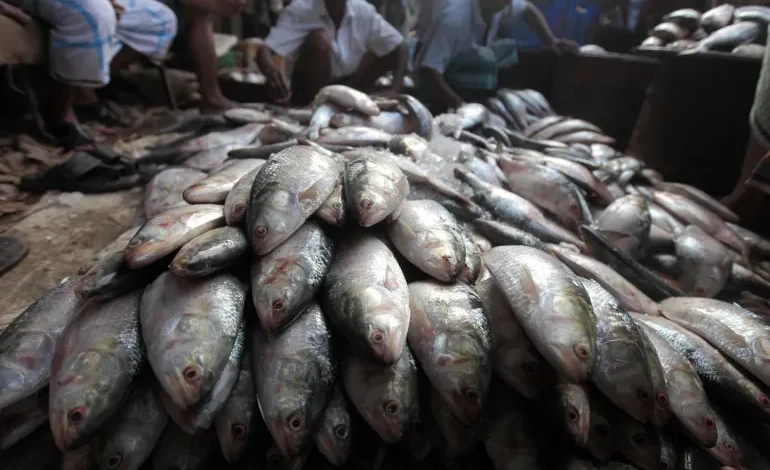
Hilsa is Bangladesh’s national fish. Locally known as ilish, it is cherished as the queen among fish and forms part of the culinary identity of both Bangladesh and the bordering Indian state of West Bengal.
Former Bangladeshi Prime Minister Sheikh Hasina used the fish – which is found in the Bay of Bengal and in rivers – as a tool of diplomacy to foster ties with its western neighbour, India.
But Bangladesh’s interim government’s decision to briefly ban exports of the fish to India in September caused a culinary crisis of sorts ahead of the festival of Durga Puja in India. Hilsa fish cooked in mustard sauce is a popular delicacy during the festival. Some experts viewed the move as a diplomatic rebuke for New Delhi’s backing of Hasina, who has taken shelter in India after her removal in late August.
Dhaka insisted the ban aimed to reduce the cost of the freshwater fish domestically amid a leaner harvest this year. It, however, reversed its order within two weeks.
So what is the fish at the centre of it all, and is it more than just a popular meal?
What is hilsa, the fish at the centre of the India-Bangladesh diplomatic row?
Bangladesh exports 70 percent of the world’s hilsa. But the prized catch is increasingly becoming rare and expensive, owing to overfishing, increased demand and environmental challenges like climate change.
Fishermen this year say they are also struggling to catch adequate amounts of hilsa due to rough sea conditions.
The exports add to the scarcity, with the fish unaffordable to most Bangladeshis due to its high cost. In 2024, the price of a 1.5kg hilsa fish reached about $15 (1,800 Bangladeshi taka) in local markets, compared with about $10.9 (1,300 taka) last year.
At 550,000 to 600,000 tonnes a year, hilsa contributes about 12 percent of Bangladesh’s total fish production, supporting approximately 500,000 fishers directly and two million people in related industries.
Some cherished staples of local cuisine include bhapa ilish (steamed hilsa), ilish polao (pilaf rice with hilsa), and shorshe ilish (hilsa in mustard sauce).
Did Bangladesh impose a ban on hilsa exports to India?
In September, Dhaka imposed an export ban on hilsa, specifically targeting shipments to India. This came in the run-up to the Durga Puja festival in October when demand typically peaks across the border.
Fisheries officials explained that the ban was necessary to prioritise domestic supply and manage the declining hilsa population.
“We cannot allow ilish to be exported while our own people cannot buy them. This year, I have instructed the Ministry of Commerce to prevent any ilish exports to India during Durga Puja,” Farida Akhter, adviser to the Bangladesh Ministry of Fisheries and Livestock told the Dhaka Tribune.
However, weeks later, the Commerce Ministry reversed the ban and approved a 3,000-tonne shipment to India.
“Against the backdrop of appeals by the exporters, approval has been given to export 3,000 tonnes of hilsa fish (to India), fulfilling the specific conditions on the occasion of the upcoming Durga Puja,” read the ministry’s statement.
Hilsa prices have shot up sharply in India as Dhaka reduced exports by 1,000 tonnes. But the government has failed to bring down the prices in Bangladesh.
“A syndicate of fishermen who smuggled hilsa to India kept the price high,” said Khandakar Tahmid Rejwan, a research data analyst at the Bangladesh Peace Observatory under the Centre for Alternatives.
An expert from India said the brief ban marked “a firm departure” from Hasina’s practice of using the fish as a symbol of goodwill and friendship between Dhaka and New Delhi.
Hasina first used the fish as a diplomatic tool when she came to power in 1996. She gifted hilsa to then-West Bengal Chief Minister Jyoti Basu ahead of a landmark agreement on sharing water, a major bilateral issue between the neighbours.
In 2016, the former Bangladeshi prime minister sent a consignment of hilsa to Mamata Banerjee, who heads the government of West Bengal bordering Bangladesh. A year later, former President Pranab Mukherjee, a prominent Bengali leader of the time, was gifted hilsa as a gesture of friendship.

